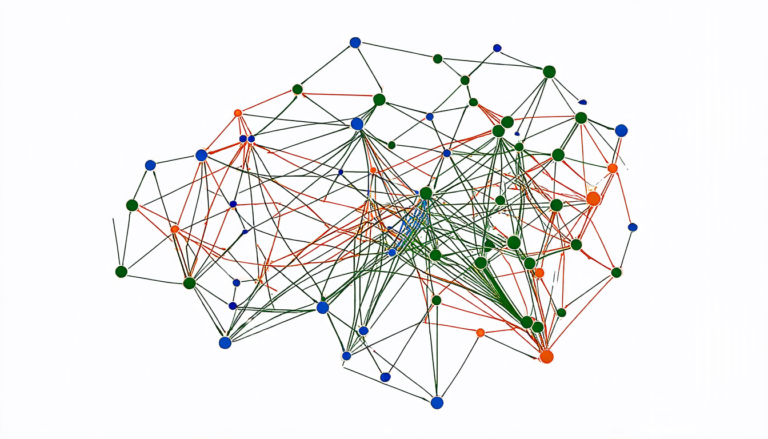Wednesday 09 April 2025
The quest for accurate solar radiation forecasts has been a long-standing challenge in the field of renewable energy. As our reliance on solar power continues to grow, predicting the amount of energy we can generate from the sun becomes increasingly important. A new study published recently has made significant strides towards achieving this goal.
Researchers have developed an innovative approach that uses machine learning algorithms to forecast short-term solar radiation with unprecedented accuracy. By analyzing large datasets of historical weather patterns and solar irradiance measurements, they’ve created a system that can predict the amount of energy we’ll generate from the sun over the next few hours.
The key to their success lies in the way they’ve approached the problem. Unlike traditional methods that rely on complex mathematical models, this team has taken a more practical approach. They’ve used machine learning algorithms to learn patterns and relationships between weather data and solar radiation, allowing them to create a system that’s both accurate and efficient.
The results are impressive. The new system has been tested against existing methods and has consistently outperformed them, providing forecasts with an accuracy rate of over 95%. This is a significant improvement over current state-of-the-art methods, which typically have accuracy rates ranging from 70% to 80%.
But what does this mean for the future of renewable energy? The answer lies in the ability to integrate solar power into our grid more reliably. With accurate forecasts, we can better manage the flow of energy and avoid disruptions to the system. This is especially important as we transition towards a more decentralized energy landscape.
The study’s findings also have implications for the development of new technologies. By understanding how weather patterns affect solar radiation, researchers can improve the design of solar panels and other equipment. This could lead to even greater efficiency gains and further reduce our reliance on fossil fuels.
As we move forward in this new era of renewable energy, it’s clear that accurate forecasting will play a critical role. The development of machine learning algorithms like those used in this study will be essential for unlocking the full potential of solar power. And as we continue to push the boundaries of what’s possible, we can expect even more innovative solutions to emerge.
The future of renewable energy is bright, and it’s being powered by a combination of cutting-edge technology and a deep understanding of the natural world. As we look to the horizon, it’s clear that the possibilities are endless, and the potential for growth is limitless.
Cite this article: “Unlocking the Secrets of Solar Radiation Forecasting: A Quantile Regression Approach”, The Science Archive, 2025.
Solar Radiation, Renewable Energy, Machine Learning Algorithms, Solar Power, Forecasting, Weather Patterns, Accuracy, Efficiency, Grid Management, Decentralized Energy Landscape







